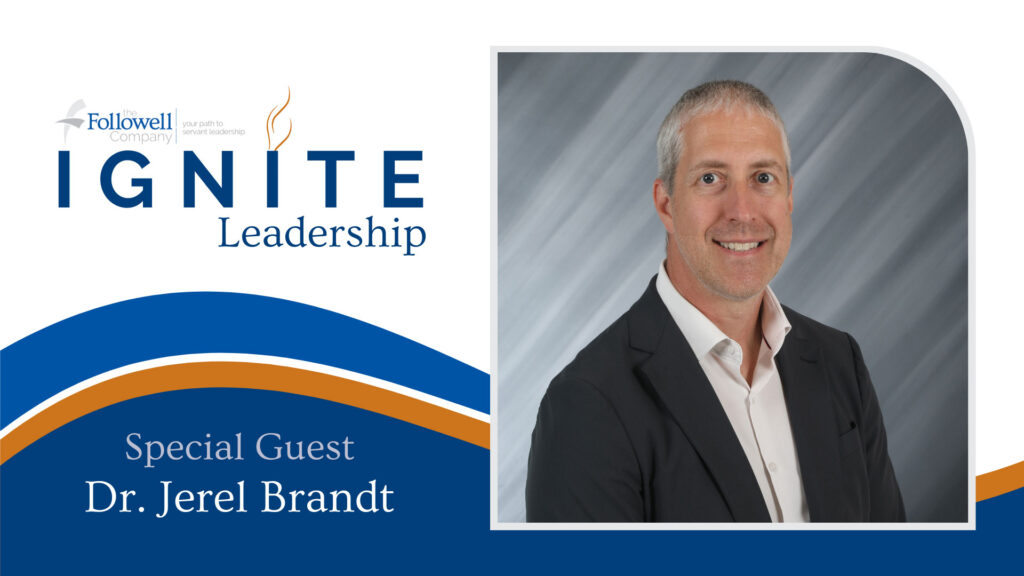I’ve been blessed to walk alongside leaders at every level—from those just taking their first steps into management to seasoned executives navigating billion-dollar decisions. And if there’s one universal truth I’ve seen in every stage of leadership, it’s this: what got you here won’t get you there.
John Maxwell calls these transitions Leadershifts—those intentional changes in mindset and behavior that allow leaders to keep growing, stay relevant, and continue making an impact. And he’s right. The very skills that made us successful early in our careers, being strong executors, high achievers, and go-to problem solvers, can become limitations if we fail to shift. To grow as a leader, we must evolve.
Let’s break this down. Whether you’re a frontline leader or sitting in the C-suite, here are six essential Leadershifts you must intentionally make on your leadership journey.
—
1. From Doer to Visionary
Many leaders are promoted because they’re exceptional doers. They execute well. They deliver results. They’re the ones you can always count on to get the job done.
But leadership at the next level isn’t about how much you can get done. We all have only 24 hours in the day, so as a doer, you are limited to what you alone can accomplish in those 24 hours. It’s about increasing your influence and helping others see what’s possible. You’ve got to step back from the grind and ask the bigger questions: Where are we going? Why does it matter? What does the future look like for this team, this organization, and the people we serve?
Being a visionary leader doesn’t mean you have all the answers—it means you create space to think differently, dream boldly, and inspire others to follow. Great leaders ask great questions. That shift doesn’t happen by accident. It requires intentional time to reflect, to think strategically, and to cast vision with clarity and conviction.
—
2. From Task Manager to Strategic Thinker
Early on, success means checking the boxes and hitting the metrics. But as you rise, you’re no longer the one in the weeds—you’re the one shaping the garden.
Strategic thinking means aligning your actions with long-term outcomes. It’s seeing beyond the urgent to focus on the important. It’s moving from doing things right to doing the right things.
You start asking different questions: Are we solving the right problem? Is this sustainable? What’s the downstream effect six months or two years from now? That’s the shift.
Strategy isn’t just for the CEO. Every leader, regardless of title, has to learn to zoom out, to connect their daily leadership with the broader mission and vision of the organization. That only happens through intentional reflection, collaboration, and courageous decision-making.
—
3. From Solo Performer to Engager of People
One of the toughest Leadershifts is moving from being the MVP to being the coach of the team. It feels good to be the one with the answers, the one everyone counts on. But eventually, if you’re the only one scoring points, the team loses.
Engaging people means learning to lead through influence, not just effort. It’s about relationships. It’s about trust. It’s about knowing your people, what motivates them, where they thrive, and what’s holding them back. And it means you care about their development as much as their output.
You stop thinking How can I get this done? and start asking How can I bring out the best in others?
—
4. From Controlling to Delegating and Developing
Delegation isn’t just about handing off tasks. It’s about empowering people to take ownership—and trusting them enough to let go.
Insecure leaders hoard decisions. Mature leaders multiply capacity.
I’ll be honest, this shift is a test of trust, patience, and humility. It’s easier to do it yourself, especially when you’ve already proven you can. But leadership isn’t about proving—you’ve already done that. It’s about multiplying. You can’t scale yourself. You must learn to develop others to think, act, and lead without you.
Delegation without development is abdication. But delegation with development? That’s how you build a culture of ownership, confidence, and sustainable success.
—
5. From Talking to Communicating
Communication is another critical Leadershift. As leaders, we talk all day—but are we really connecting?
True communication is less about what you say and more about what they hear. It’s not just passing along information; it’s translating vision into meaning. It’s listening to understand. It’s
reading the room, adjusting your style, and communicating in ways that resonate with different personalities.
If you want buy-in, people need to feel seen, heard, and valued. They need to know why something matters, not just what needs to be done. Great leaders don’t just deliver information; they create connections.
—
6. From Avoidance to Accountability
Let’s be honest, accountability isn’t always fun. But it’s always necessary. Leaders who fail to hold people accountable eventually lose influence, credibility, and momentum.
But here’s the shift: accountability is not punishment. It’s alignment. It’s clarity. It’s care.
When done well, accountability is actually an act of service. It shows people the standard, helps them succeed, and protects the mission. You’re not calling people out—you’re calling them up.
This shift requires courage. It means having tough conversations, addressing misalignment, and being willing to lead with both truth and grace. The higher you go in leadership, the more important and more difficult this becomes.
My good friend and fellow coach, Jerry Anathan, says, “Courageous dialogue is the cornerstone of true leadership and wellness.“
—
Make the Shift. Stay Intentional.
Making these leader shifts to becoming a leader who is visionary, a strategic thinker, an engager of others, an effective delegator, a great communicator, and one who holds themselves and others accountable doesn’t happen automatically. They require effort, self-awareness, and humility. And here’s the hard truth: just because you’ve made the shift once doesn’t mean you’ve made it for good.
Leadership is a journey, not a title. Every new level of responsibility, every new team, every new season will stretch you again. The question isn’t whether you will be stretched; It’s, will you be intentional about growing?
So, wherever you are in your leadership journey, I encourage you: pause and take inventory. Where are you holding on to habits that served you well in the past, but are you holding back now? Where are you being invited to step into something greater?
The path forward may feel unfamiliar. It may even feel uncomfortable. But on the other side of that discomfort is growth, impact, and legacy.
Keep shifting. Keep growing. Keep leading forward.
— Rob Followell Founder, The Followell Company Leadership Coach | Speaker | Culture Builder
Ready to Take the Next Step?
It can be incredibly challenging to connect effectively when your personality differs from those around you. But often, the issue isn’t what you’re saying—it’s that you’re not speaking in a way others naturally hear and understand.
The solution? Increase Your Influence.
Join us for our free, live event: Increase Your Influence—a powerful program designed to help you understand yourself and others more clearly, communicate with greater impact, and bridge the gap with anyone—even the most challenging personalities.
Spots are limited, and the transformation is real.
[Register now] to step into the next level of your leadership.
Ready To Take the Next Step Increase Your Influence




